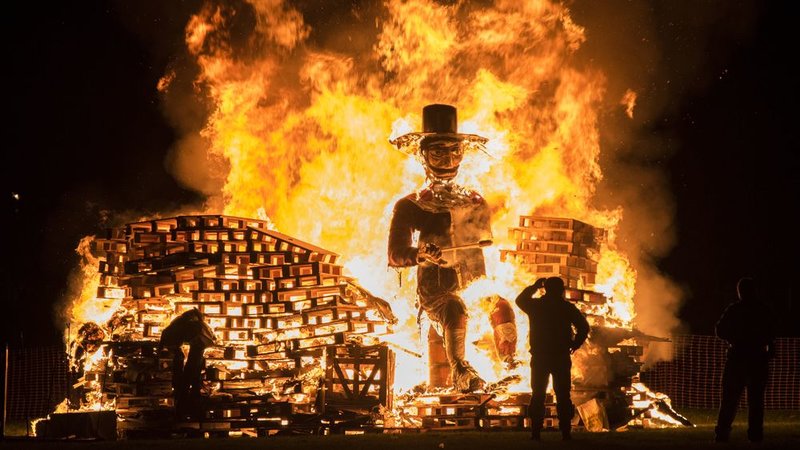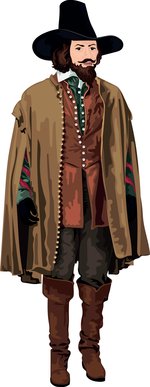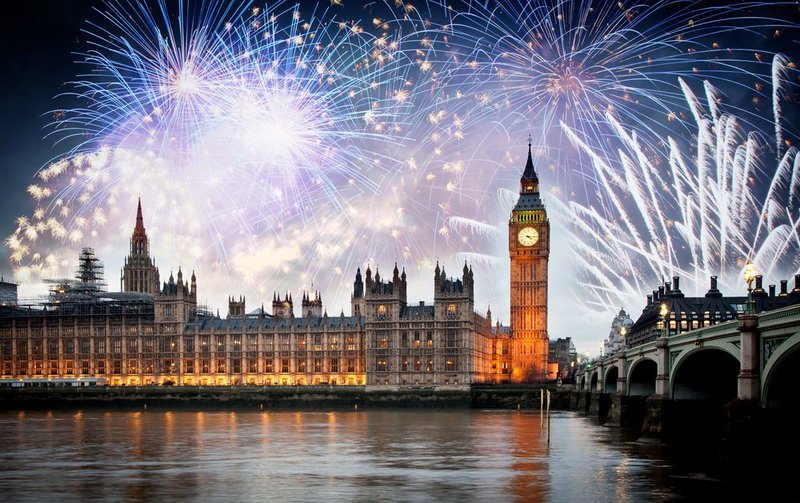
Articles
We aim to give food for thought as well as inspiring your creativity and
providing practical ideas you can’t wait to implement in your own settings!
The sparkle and significance of Bonfire Night
The sparkle and significance
of Bonfire Night

Bonfire Night, also referred to as Guy Fawkes Night, holds a unique and captivating place in British history. For teachers looking to illuminate their classrooms with tales of rebellion, fireworks, and historical anecdotes, there is no better topic. Here's how you can make your Bonfire Night teaching sessions unforgettable.
A Glimpse into the Past: The History of Bonfire Night
At the heart of Bonfire Night lies the Gunpowder Plot of 1605. A group of Catholic rebels, disillusioned with Protestant King James I for not granting Catholics more freedom, conspired to blow up the Houses of Parliament. The central figure in this plot, Guy Fawkes, was given the task of guarding the explosives. However, he was discovered and arrested on the 5th of November, just hours before the planned explosion.
The foiling of the Gunpowder Plot led to nationwide celebrations, with people lighting bonfires and setting off fireworks, marking the survival of the king and the preservation of the parliament. This tradition has continued for over four centuries, evolving into what we recognise today as Bonfire Night.

✓Fawkes wasn’t the mastermind: Though Guy Fawkes is the most remembered figure, the Gunpowder Plot was actually masterminded by Robert Catesby.
✓State-sanctioned celebration: The Observance of 5th November Act was passed in 1606, making it an annual public day of thanksgiving.
✓A spooky discovery: The cellar where the gunpowder was stored no longer exists. It was destroyed in a fire in 1834.
Ideas and Activities for Teaching:
1. Drama and Role Play:
Reenact the Plot: Have students role-play the events leading up to the discovery of the Gunpowder Plot. Who were the key players? What were their motivations?
Guy Fawkes' Interrogation: Students can simulate the trial and questioning of Fawkes, helping them understand the emotions and political tensions of the time.
2. Art and Craft:
Design a Firework: Let students unleash their creativity by sketching or crafting their ideal firework. Discuss the science behind the colours and patterns we see in the sky.
Build a Bonfire: Using craft supplies, students can design their mini bonfires, symbolising the ones lit in celebration.
3. Science Exploration:
The Science of Fireworks: A lesson dedicated to understanding the chemistry of fireworks can be both illuminating and fascinating for students.
4. Creative Writing:
Letters from the Past: Ask students to write letters from the perspective of one of the conspirators or someone who witnessed the events. This allows them to reflect on the historical context and individual motivations.
Modern-Day Plot: A creative activity where students reimagine the Gunpowder Plot in a 21st-century setting. Who would be the modern-day Guy Fawkes?
5. Multimedia Presentation:
Encourage students to prepare a multimedia presentation on Bonfire Night, integrating videos, songs, and animations related to the celebrations.
6. A Sensory Experience
In an age where many children are detached from hands-on experiences, feeling the warmth and smelling the aroma of a real fire can be enlightening. In a safe space, with a full-risk assessment and with an appropriate sized group of children, teach them to light a small fire in a fire pit or in a clearing. Any writing about bonfires in the future will be enhanced by the children’s real experiences of the ‘choking smoke’ and the ‘flickering flames’.

Bonfire Night Beyond the Blaze
Bonfire Night is not just a celebration of light and sound; it’s a significant historical moment that shaped the course of British history. By integrating the history, fun facts, and engaging activities, teachers can ensure students not only enjoy the festivities but also understand and appreciate the profound significance behind them. So, as the skies light up this November, let your classroom be illuminated with knowledge, understanding, and creativity.
Happy teaching!
With many thanks to Paul Jackson for writing this article. Paul is the founder and lead consultant of Innovate Create Educate.
He is also a Local Leader of Education (LLE), an accredited OFSTED inspector and headteacher.